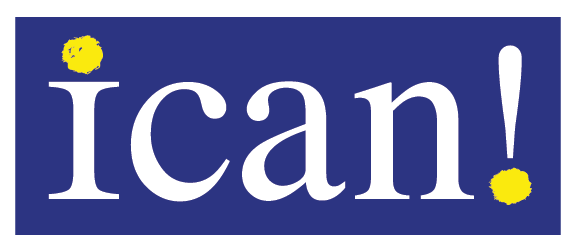ICAN! Trainings and Resources
Jump to Section
Foundational Webinar: Modern Contraception and Reproductive Justice
Modern Contraception and Reproductive Justice
This course should take around 60 minutes to complete, and is broken up into brief video/quiz pairs that you can move through at your own pace.
Once you have completed the course above, click on the link for the certificate you need below. After completing the course evaluation, you will be able to save and print your certificate.
Request CME Certificate (Physicians Only)
Request Continuing Education (CE) Certificate
Request Certificate of Completion: Modern Contraception & Reproductive Justice
Request CE Certificate (Pharmacists Only)
Connecting Communities to Birth Control
Connecting Communities to Birth Control (Spanish Subtitles)
15 minute training video for social service providers and community based organizations. Provides guidance on connecting people to person-centered contraceptive care.
HFS Family Planning Program
Micro Course on HFS FPP and FPPE
5-minute overview of the HFS Family Planning Program & FPPE
Putting the HFS Family Planning Program into Practice
1 -hour ICAN! Learning Series on operationalizing the HFS Family Planning Program, focusing on 4 key points of the patient visit.
Immigrant Eligibility for Health Coverage with Focus on the Family Planning Program
1 -hour ICAN! and Shriver Center on Poverty Law led webinar on health coverage for immigrants, with a focus on FPPE.
Elegibilidad de inmigrantes para cobertura de salud con enfoque en el programa de planificacion familiar
1-hour ICAN! & Shriver Center webinar on health coverage for immigrants, with a focus on FPPE- in Spanish.
Connecting Your Patients to Birth Control Coverage
1-hour ICAN! Learning Series session on the HFS Family Planning Program.
Expanded Medicaid for Family Planning (PDF)
FPPE Enrollment Guide
FPPE FAQs
Person-Centered Contraceptive Care
Patient Experience Survey Flyer
Maternal Health + Reproductive Well-Being Screening Tool
Method Specific Information
Contraceptive Implant Checklist
Preparing for Your Vasectomy
Vasectomy After Care Instructions
Billing & Coding
Healthcare Coding & Payment: What they didn’t tell you in school
20 minute mini-course.
Sliding Fee, Prompt Pay, & Charge Setting Considerations
20 minute mini-course.
Coding LARC and Depo-Provera, an Overview
20 minute mini-course.
ICAN! Billing Aid
Other Resources
Changes to Contraceptive Care Reporting in 2024
1 -hour ICAN! Learning series on 2024 reporting updates.
Establishing Birth Control as Basic Care
1- hour ICAN! Learning Series: how to establish birth control as basic care.
LGBTQ+ Affirming Contraceptive Care
1- hour ICAN! Learning Series session: contraceptive care for LGBTQ+ patients.
Operationalizing Same-Day Access: Providing Birth Control of Choice Without Delay
1-hour ICAN! Learning Series session: operationalizing same-day access.
“Religious Refusals”: Responding to Patients’ Desire for Contraceptive Care
1 -hour ICAN! and ACLU led webinar on the impact of religiously affiliated health systems on contraceptive care.
Centering Patient Experience
1- hour ICAN! Learning Series: Patient-Centered Contraceptive Counseling Measure (PCCC).

